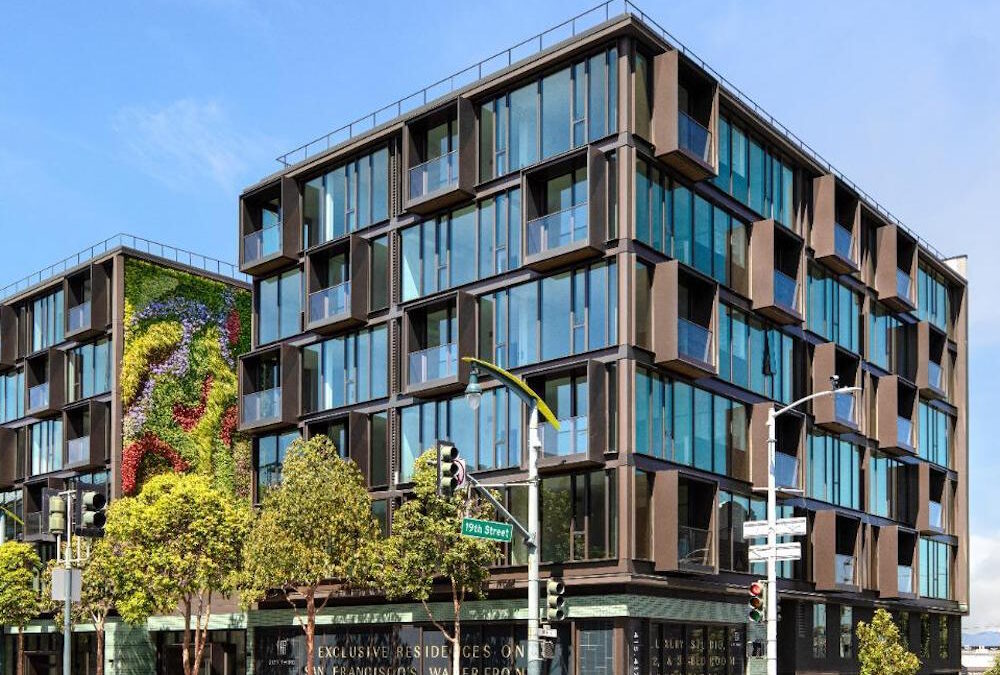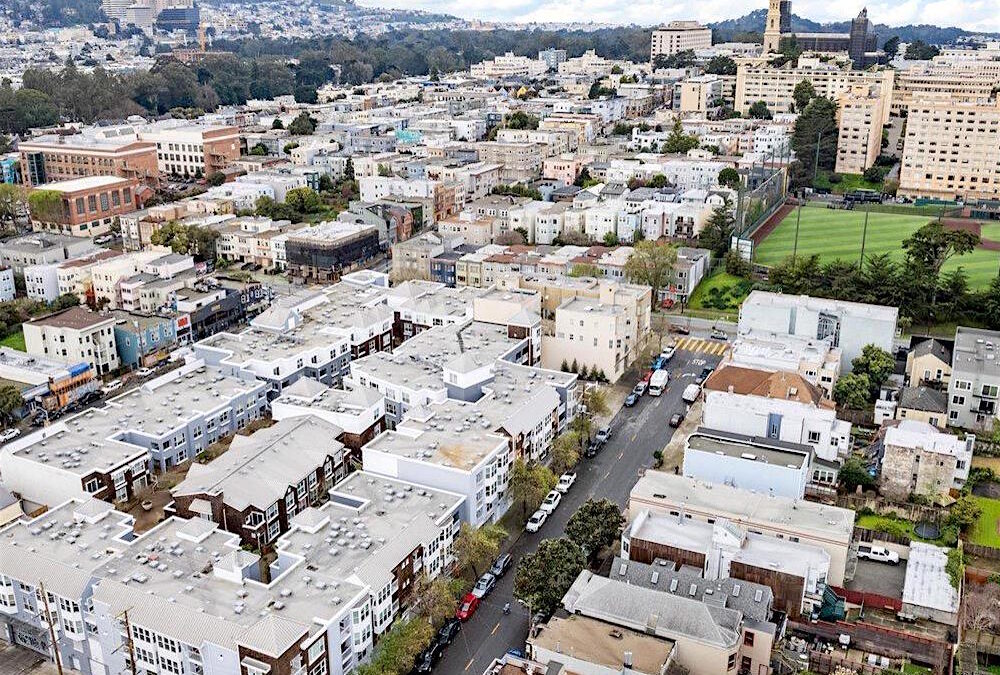Numbers Don’t Lie
According to monthly sales data reported to SFAR MLS, the median home price reached $1,375,000 in June 2023. The figure represents a 13.52 percent increase from January 2023 which is entirely consistent with trends for the period going back at two decades. Between 2003 and 2022, prices rose an average 14.46 percent, ranging from a 4.04 percent minimum (2008) to 26.09 percent maximum (2015). What made for the largest spikes? Here’s a chronological look at them provided with context:
› Q1-Q2 2004: 20.48 percent rise. Benchmark mortgage interest rates near record low (at the time), highest US GDP in Q1 since 2001 recession, fastest-growing global economy in nearly three decades
› Q1-Q2 2012: 22.50 percent rise. San Francisco is in the midst of its most rapid three-year period (2010-2013) of job creation going back to at least 1970, local real estate market recovery post-Great Recession takes hold, benchmark mortgage interest rates fall to new low
› Q1-Q2 2015: 26.09 percent rise. Tech boom is in full force and IPO millionaires continue to be minted throughout the Bay Area, Facebook and Twitter share lock-ups have ended and demand for housing reaches fever pitch
› Q1-Q2 2021: 22.95 percent rise. Benchmark mortgage interest rates hover above all-time low, demand for single-family homes skyrockets alongside pandemic-era shift in buyer preferences
Meanwhile, a meager 2,085 homes sold in the first half of this year. That’s approximately 36 percent less than the year before and barely half of the 3,916 sold in Q1 and Q2 2021 (the highest number since at least 2003). It’s plausible that the most recent median price gains would have been much lower had there been more for-sale inventory. But many would-be sellers are delaying their plans — in part due to price considerations and/or resistance to today’s higher cost of borrowing — and that’s unlikely to change soon.
So, What Comes Next?
The summer, accompanying peak travel season, is historically a slow time for buying and selling activity. It brings some relief to buyer competition although fewer new listings means the best properties continue to sell fast. Those priced far below market value will still produce bidding wars. Not once in the past twenty years did median prices end September higher than in June; instead falling an average 5.20 percent. Then, in October, price typically jumps when many of the listings that go under contract during the post-Labor Day surge actually close escrow.
Looking further ahead, a progressive normalization of heightened mortgage interest rates by buyers and sellers alike promises a larger number of sales. Higher demand and increased inventory could well play out with more homes advertising aggressively low teaser prices combined with more frequent and extreme multiple-offer scenarios. In essence, elevated competition across the board should be expected. It’s only a matter of time until San Francisco’s forever undersupply of housing intersects with an economic boom once again — and we all know what that looks like.
hey, home buyer
Winning in a real estate market as dynamic as San Francisco’s calls for hyperlocal expertise. We earn our clients' business every time. No pressure, just experience.
Tap that icon to the right. Let's talk.
4 Tips To Navigate Data
Real estate metrics can be a valuable tool for assessing market conditions and trends. However useful it can be, it is often misused, misunderstood and even misleading. The key isn’t in the raw data as much as it is the educated interpretation of that data to explain what the market is going, and what it may do moving forward.
› Statistics without informed context are, in a word, worthless. Any argument, good or bad, can be supported by simply cherry-picking a single statistic from a specific dataset and time period. That doesn’t mean it’s relevant or even accurate. The real value comes from analyzing data more broadly and accounting for factors like location, property type, price point, etc.
› Median and average statistics are merely generalizations. Keep in mind that short-term fluctuations in stable markets, as well as external factors, can and do influence price statistics. The differences between individual home sales means it’s impossible to accurately assess a specific property’s value without a comparative market analysis.
› A single statistic, such as the median sales price, is merely one part of a bigger picture and lacks context. Examining supply, demand and value measures over a longer timeframe to arrive at a more accurate idea of what’s happening in a given market. Quarterly or longer-term data is more likely to deliver more reliable trends even if it’s less timely.
› Even expert predictions can be wrong — and often are. Keep in mind that financial markets are dynamic, and there’s a very real influence on real estate. The savviest approach is to question foregone conclusions and find an experienced real estate agent with a successful track record and a humble nature, who understands that accurately forecasting the market is never guaranteed.











